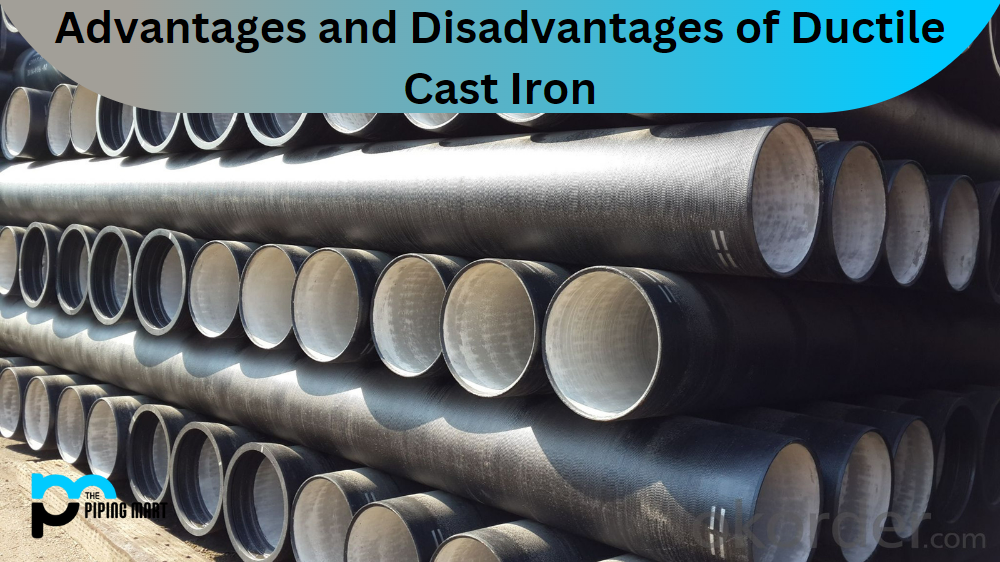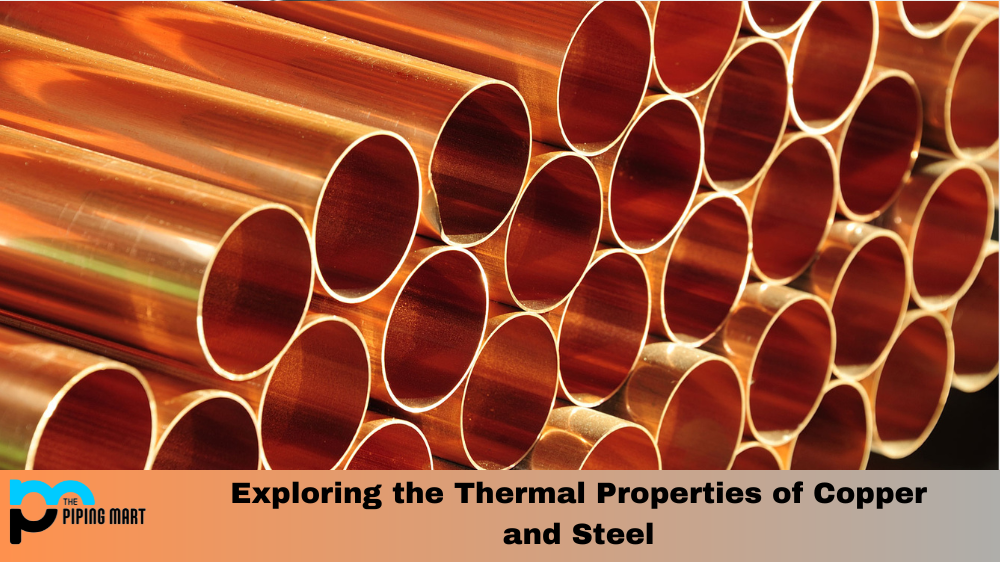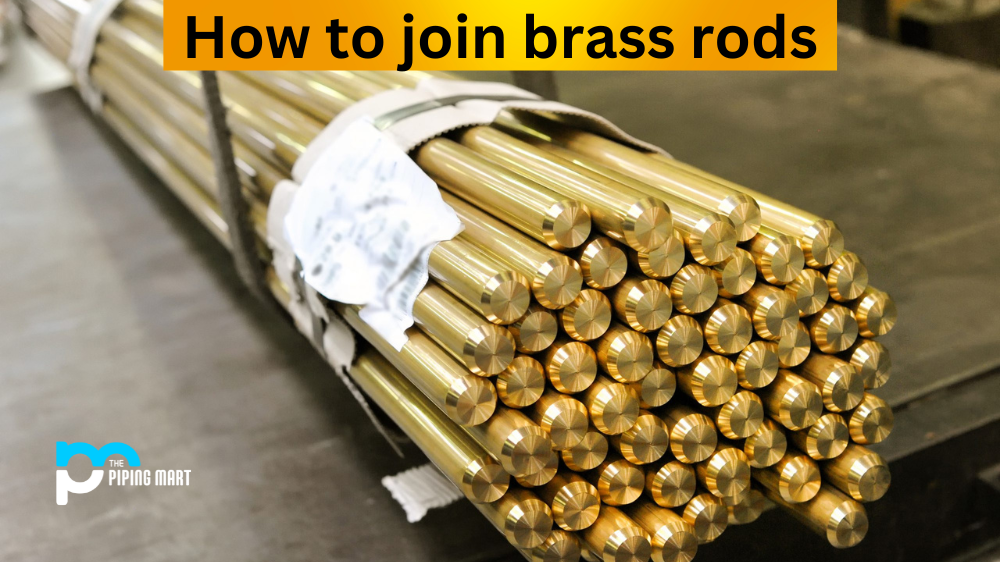Ductile iron, or nodular cast iron, has been widely used in various industries due to its excellent mechanical properties and cost-effectiveness. Ductile iron has replaced grey iron in many applications, such as automotive parts, pipes, fittings, and pumps. But is ductile cast iron always the best choice for your project? In this blog post, we will discuss the advantages and disadvantages of ductile cast iron to help you make an informed decision.
Advantages of Ductile Cast Iron
High Strength and Durability
Compared to grey cast iron, ductile iron has higher tensile strength, yield strength, and elongation, making it suitable for heavy-duty applications requiring stress resistance.
Good Machinability
Ductile cast iron is more accessible to machines than steel or aluminium due to its lower hardness and better lubrication properties. This can save time and cost in the production process.
Good Casting Properties
Ductile iron has excellent fluidity, filling complex moulds with intricate details and thin sections. It can also be cast in larger sizes without porosity or cracking.
Corrosion Resistance
Due to its high carbon content and protective graphite layer, ductile iron is resistant to corrosion from many chemicals, water, and atmospheric conditions. It is often used in marine and offshore applications.
Disadvantages of Ductile Cast Iron
Brittle Behavior
Although ductile iron is more malleable than grey iron, it can still fracture suddenly and without warning under the high impact, making it unsuitable for shock-sensitive applications or structures.
Limited Weldability
Ductile iron is difficult to weld due to its high carbon content, tendency to crack, and limited heat conductivity. Special techniques, such as preheating and post-weld heat treatment, are required to prevent weld defects.
Inconsistent Properties
Ductile iron is prone to variations in its mechanical and physical properties, depending on the manufacturing process, the composition of the alloy, and the cooling rate. This can affect its reliability and performance in critical applications.
Environmental Concerns
The production of ductile iron involves high energy consumption and emissions of greenhouse gases, such as carbon dioxide and methane. The disposal and recycling of ductile iron scrap also pose challenges, as the alloy contains toxic elements, such as lead, chromium, and nickel.
Conclusion
In conclusion, ductile cast iron has many advantages and disadvantages, which must be carefully evaluated before selecting it for specific use. Its high strength, durability, machinability, and corrosion resistance make it a valuable material for many industries. Still, its brittle behaviour, limited weldability, inconsistent properties, and environmental concerns require caution and expertise in its production and use. If you are still determining whether ductile cast iron suits your project, consult a specialist who can guide you through the decision-making process and offer alternative solutions.
Meet Heer, a dynamic and driven writer learning tricks of her trade in the metal industry. With a background in Digital Marketing, Heer brings a unique perspective to her writing, sharing valuable insights. Apart from blogging she like reading and hiking.




